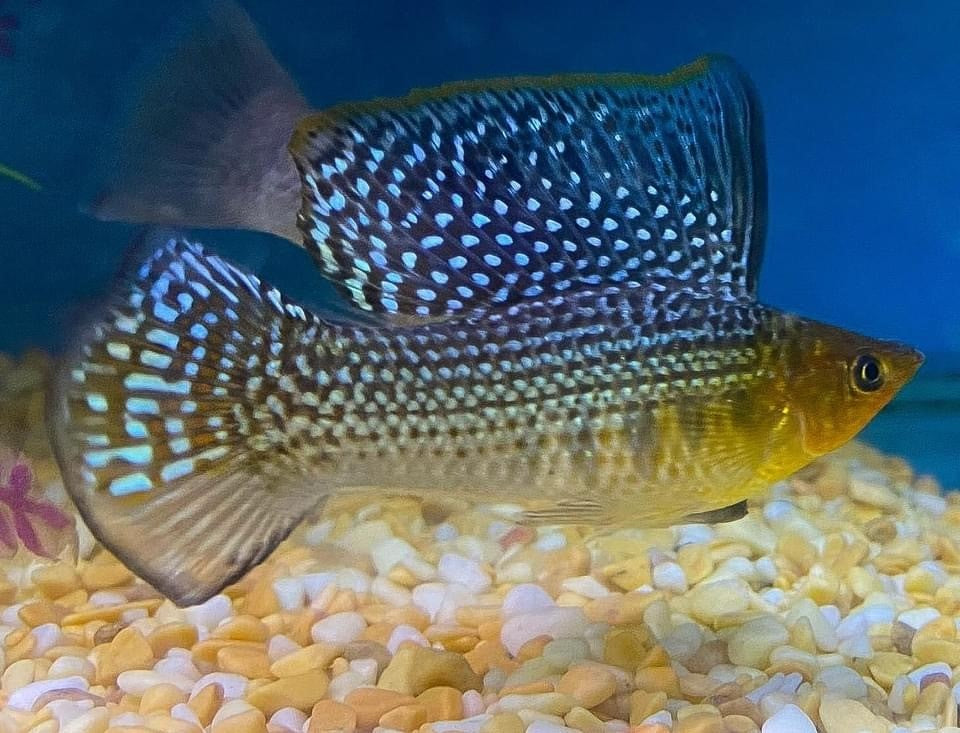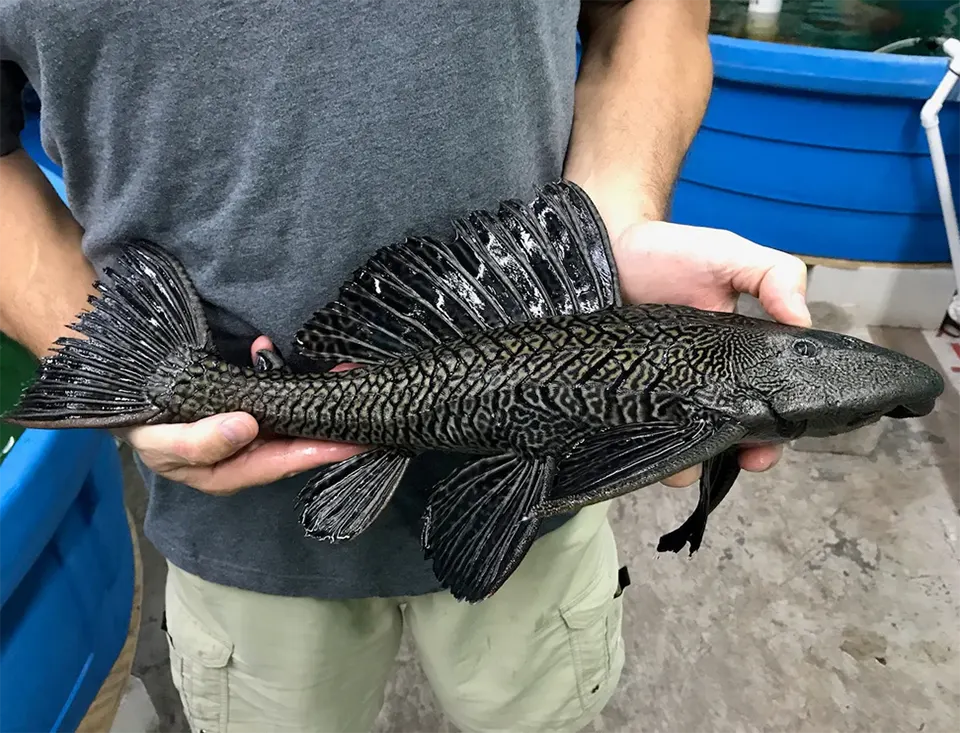When planning a Florida pond, bass and bluegill are usually the first fish that come to mind. While these staples are important, one of the most effective pond managers you can stock is often overlooked: the Tilapia. These fast-growing, algae-eating fish are widely used around the world for aquaculture, but in a pond setting they bring a range of ecological benefits—especially in Florida’s warm climate.
Natural Algae Control
Tilapia are best known for their hearty appetite for algae. They consume filamentous algae, plankton, and plant material that can quickly overtake a Florida pond if left unchecked. By grazing on these growths, Tilapia improve water clarity, reduce oxygen crashes from decaying plant matter, and lessen the need for chemical treatments.
For pond owners struggling with recurring algae blooms, Tilapia provide a natural, sustainable solution. Their feeding habits turn a potential problem into an advantage by recycling algae into forage for other gamefish.
Pest and Invertebrate Reduction
While algae is their specialty, Tilapia aren’t limited to plants alone. They will also consume mosquito larvae, midge larvae, and other small invertebrates. This adds another layer of pest control to the pond and reduces the nuisance factor around your property.
Excellent Forage for Gamefish
Another major benefit of Tilapia is their role as a forage species. They reproduce readily during Florida’s long warm season, producing waves of small fry and fingerlings that serve as high-protein prey for Largemouth Bass and other predators. This steady supply of forage supports faster bass growth and can improve overall fishing quality in the pond.
Overpopulation Concerns
Some pond owners worry that Tilapia will overpopulate, but in reality this concern is overstated. While Tilapia do reproduce quickly, this trait is actually a benefit in a Florida pond. In systems managed with predators like bass, true overpopulation is rarely an issue.
Here’s why:
· Predation keeps numbers in check – Bass and other gamefish feed heavily on young Tilapia, preventing them from overwhelming the pond.
· They provide seasonal surges of forage – Because Tilapia reproduce during the warm months, bass have a constant supply of small, easy-to-catch prey, right when they need it the most. This boosts growth rates and keeps Tilapia numbers balanced through predation. During cold months, when bass are feeding less, Tilapia are not reproducing.
· They convert excess productivity into forage – Instead of excess algae and nutrients creating imbalances, Tilapia turn them into a renewable food source for higher-value fish.
With proper predator management, Tilapia are more of a balance-maker not a risk.
Hardy and Productive in Florida
Tilapia thrive in Florida’s climate, reproducing efficiently in warm water and tolerating a variety of pond conditions. Their fast growth and adaptability make them an excellent fit for Florida pond ecosystems, where their natural tendencies align with the challenges of managing algae and supporting sportfish.
Conclusion
Stocking Tilapia in a Florida pond offers a wide range of advantages. They help control algae, reduce pest populations, provide a consistent source of forage for bass, and are both fun to catch and excellent to eat. While concerns about overpopulation are valid, healthy predator populations and Florida’s winter cold naturally keep Tilapia numbers in balance.
For pond owners looking for a natural solution to algae problems while boosting gamefish growth, Tilapia are one of the smartest and most effective additions you can make to your stocking plan.
Click Here to Buy Tilapia at Shongaloo Fish Farm



